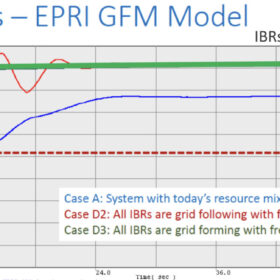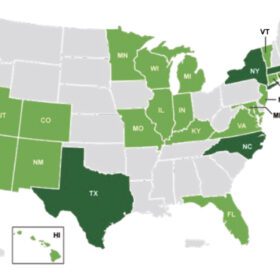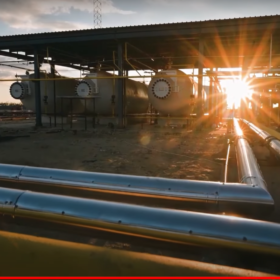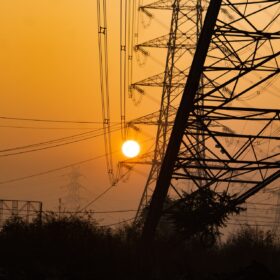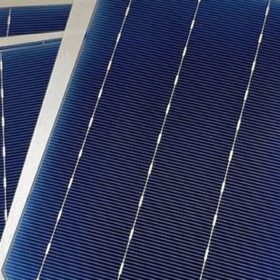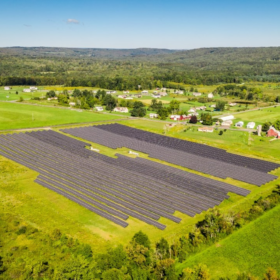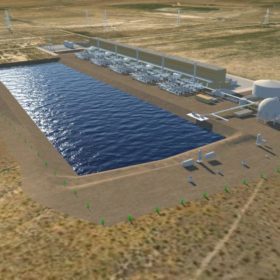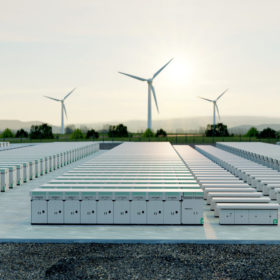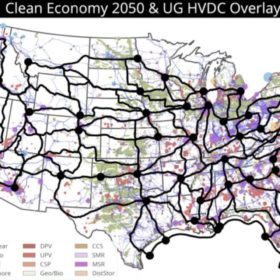Grid-forming inverters can enable grids with renewables
As renewable energy generation grows, demand is rising for grid-forming inverters to deliver the same functions as traditional rotating synchronous generators. The UNIFI Consortium is now taking the lead in advancing the development of this new inverter technology.
Solar industry should focus on virtual power plants, says US official
Solar industry veteran Jigar Shah, the director of the US Department of Energy’s (DoE) Loan Programs Office, says that virtual power plants are the path to success, as solar net metering now faces an uncertain future.
US green hydrogen production can be profitable
Green hydrogen projects can be profitable in “wide swaths” of the United States, supported by new federal tax credits for clean hydrogen, according to a financial modeling analysis by the policy consultancy Energy Innovation.
FERC says 1,700 GW of US renewables still awaiting interconnection
The US Federal Energy Regulatory Commission (FERC) says that just 86 GW of power projects based on fossil fuels are awaiting interconnection, while 1,700 GW of solar, wind, storage remain delayed.
European PV equipment makers pitch machines to US solar manufacturers
A $1 billion to $1.5 billion US market opportunity awaits PV equipment manufacturers through 2030, a McKinsey & Company consultant said at a recent event for potential equipment buyers and sellers in Washington, DC.
Puerto Rico could approach 40% renewables by 2025
Rapidly deploying 5.2 GW of planned solar and storage in Puerto Rico, a possibility raised in a report by six national laboratories, would require an improvement in the Puerto Rico utility’s practices. A mandated procurement process has suffered delays at many steps.
New York grid operator advances 3 GW of solar, storage projects
About 27 GW of solar and storage projects remain in New York’s interconnection queue. The grid operator has also advanced 3 GW of wind projects and a 1.25 GW transmission line.
California aggregator to buy capacity from compressed air storage project
Under a 25-year agreement valued at nearly $1 billion, a community choice aggregator has agreed to purchase 200 MW of eight-hour energy storage from Hydrostor’s planned 500 MW facility in California.
US research institute proposes compensation for storage
Pacific Northwest National Lab (PNNL) researchers have developed a new framework to compensate energy storage as a dual-use asset.
Proposed HVDC ‘macrogrid’ to transmit low-cost, renewable power in US
A grid-modeling company has proposed an underground high-voltage DC transmission overlay for the continental United States. It could potentially help to reduce climate pollutants and electricity costs, in addition to facilitating solar and wind deployment.
